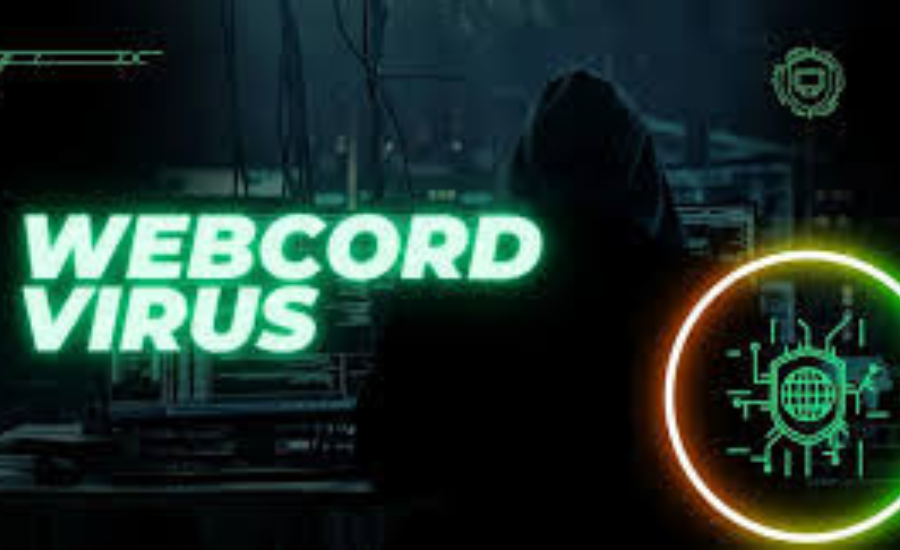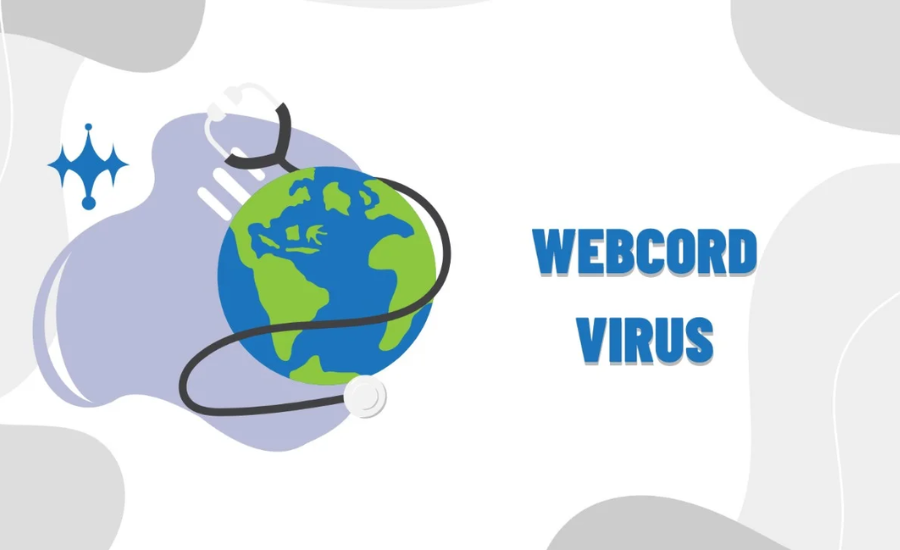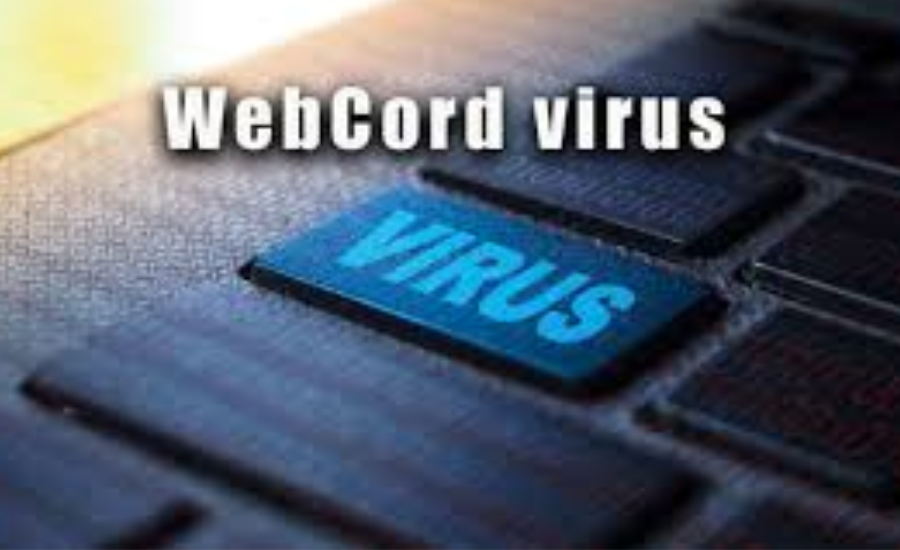Introduction
In the ever-evolving landscape of cybersecurity threats, the WebCord virus has emerged as a significant concern for both individuals and organizations. This malicious software infiltrates systems, compromising sensitive data and disrupting operations. To safeguard your digital environment, it is crucial to understand the nature of the WebCord virus, how it operates, and the steps you can take to protect and remove it. This comprehensive guide will provide you with the knowledge and tools needed to defend against this cyber threat effectively.
What is the WebCord Virus?

This is a type of malicious software designed to infiltrate computer systems. Once inside, it can steal sensitive information, monitor user activity, and disrupt system operations. Unlike some malware that targets specific vulnerabilities, the WebCord virus is versatile and can adapt to various environments, making it a widespread threat.
How the WebCord Virus Operates

Infiltration
The WebCord virus typically enters a system through phishing emails, malicious websites, or infected downloads. It can also spread via network vulnerabilities and removable media like USB drives.
Execution
Once inside, the virus executes a series of commands to establish control over the infected system. It often disguises itself as a legitimate program or process to avoid detection by antivirus software.
Data Compromise
The primary objective of the WebCord virus is to compromise sensitive data. It can log keystrokes, capture screenshots, and access personal information such as passwords and financial details. This data is then transmitted back to the attackers.
Disruption
In addition to data theft, the WebCord virus can disrupt normal system operations. It may slow down performance, cause crashes, or disable critical functions, making it difficult for users to perform everyday tasks.
Signs of Infection
Recognizing the signs of a WebCord virus infection is crucial for early detection and mitigation. Common symptoms include:
- Unusually slow system performance
- Frequent crashes or error messages
- Unexpected pop-ups or advertisements
- Unauthorized access to accounts or sensitive information
- Changes to system settings or files without user input
Steps to Protect Against
Install and Update Antivirus Software
Ensure that you have reputable antivirus software installed on your devices. Regularly update the software to protect against the latest threats.
Enable Firewalls
Activate firewalls to block unauthorized access to your network. Both hardware and software firewalls provide an additional layer of security.
Be Cautious with Emails and Downloads
Avoid opening suspicious emails or clicking on unknown links. Download software only from trusted sources to minimize the risk of infection.
Regularly Update Systems
Keep your operating system and all installed programs up to date. Security patches and updates often address vulnerabilities that viruses like WebCord exploit.
Backup Important Data

Regularly backup your important data to an external drive or cloud storage. This ensures that you can restore your information in case of an infection.
Disconnect from the Internet
Disconnect your device from the internet to prevent the virus from communicating with its command and control server.
Enter Safe Mode
Restart your computer in Safe Mode to limit the virus’s ability to execute. This can help in the removal process.
Run a Full System Scan
Use your antivirus software to perform a full system scan. Follow the software’s recommendations to quarantine or remove any detected threats.
Restore System
If the virus has caused significant damage, consider restoring your system to a previous state before the infection occurred.
FAQs
Q: What is the WebCord virus?
A: The is a type of malicious software that infiltrates computer systems, steals sensitive information, monitors user activity, and disrupts normal operations.
Q: How does the WebCord virus differ from other malware?
A: Unlike some malware that targets specific vulnerabilities, the site is versatile and can adapt to various environments, making it a widespread threat.
Q: How does the WebCord virus infiltrate systems?
A: The site typically enters a system through phishing emails, malicious websites, infected downloads, network vulnerabilities, and removable media like USB drives.
Q: What does the WebCord virus do once it infects a system?
A: After infiltrating a system, the site executes commands to establish control, often disguising itself as a legitimate program. It then logs keystrokes, captures screenshots, and transmits sensitive data back to attackers while disrupting system performance.
Q: What should organizations do to protect their systems from the WebCord virus?
A: Organizations should implement comprehensive cybersecurity measures, including employee training on phishing and safe internet practices, regular security audits, and maintaining up-to-date security software and systems.
Conclusion
The WebCord virus represents a significant threat in the modern digital landscape. By understanding how it operates and recognizing the signs of infection, you can take proactive steps to protect your digital environment. Regularly updating your software, practicing safe browsing habits, and using robust antivirus tools are essential measures to defend against this and other cyber threats. Stay vigilant and informed to ensure your digital security in an increasingly connected world.
Stay in touch for more updates and alerts: Vents Tribune!

